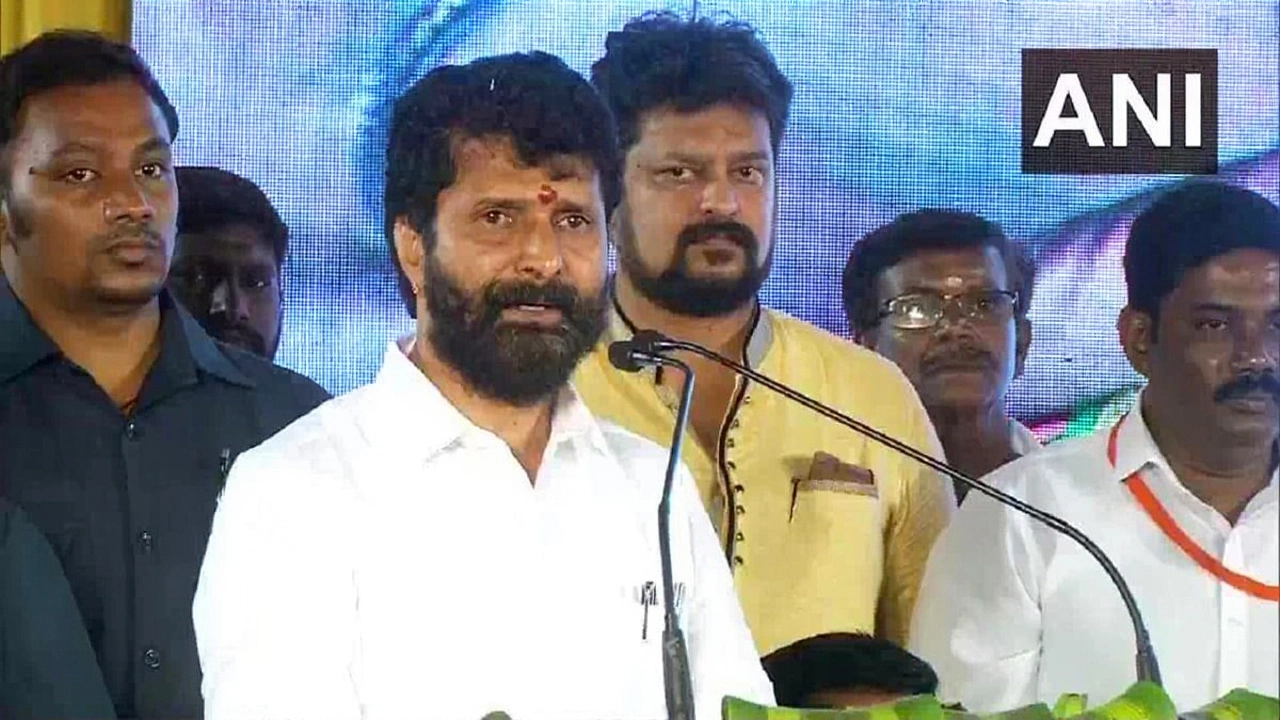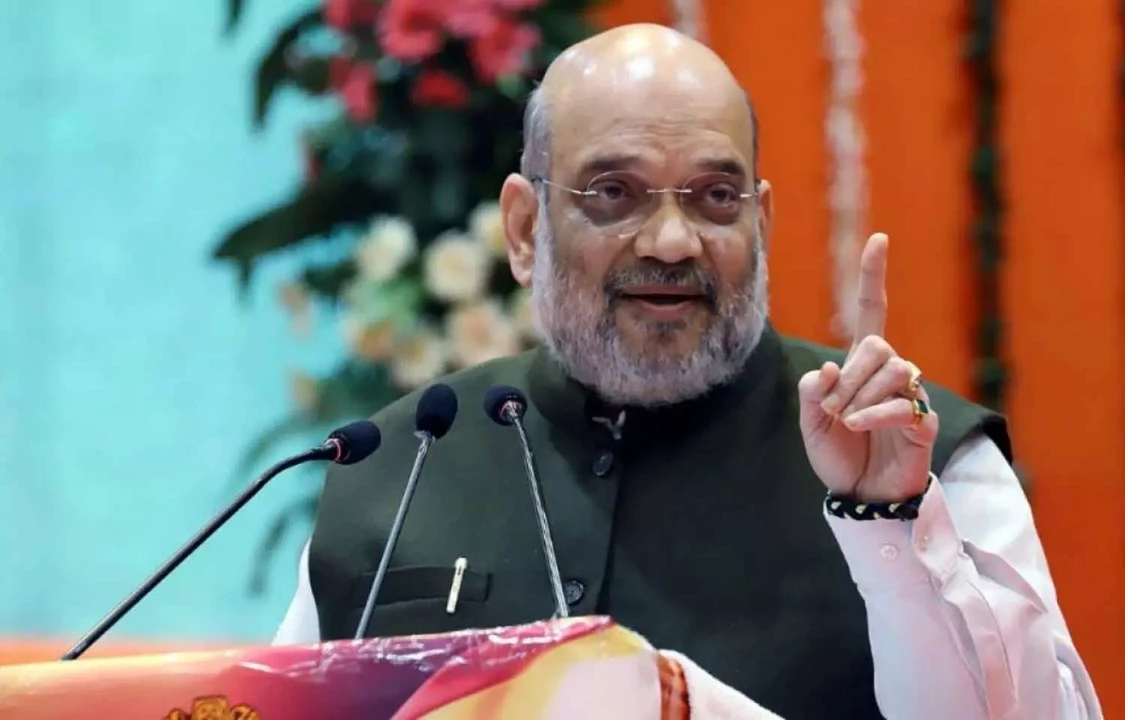Political Analysis: Unpacking Leadership, Power, and Amit Shah
I write about politics so you get clear takes, not noise. This category focuses on how leaders shape policies, how parties adjust strategy, and how choices affect everyday people. You will find pieces that question popular narratives, explain tactics, and look at what likely comes next.
Amit Shah remains one of the most debated figures in current Indian politics. He is often praised for organizational skills and delivering election wins. He is also questioned for aggressive tactics and decisions that polarize voters. Instead of repeating slogans, this analysis asks specific questions: what methods delivered results, what costs followed, and how his approach changed political competition?
How he works
Start with tactics. Shah's reputation grew through focused planning, booth-level work, and strict party discipline. That translated into better campaign execution and clearer ground information. These are practical strengths: better coordination, faster response to local issues, and improved voter outreach. For voters, that often means more reliable communication and sharper promises during campaigns.
Next, consider consequences. Centralized command can speed decisions but risks sidelining local voices. When a single style becomes dominant, parties may lose diverse perspectives. That matters because local problems are varied. A one-size-fits-all playbook can miss subtle but important local needs. Political analysts watch for signs that strong central control is limiting policy creativity.
Look at messaging. Shah's campaigns used clear, repeated themes. Clear messages cut through noise, making it easier for supporters to understand goals. But repetition can also harden divisions. If messaging frames questions as us-versus-them, it changes how people talk about politics. That affects public debate and everyday social interactions.
Now the institutional angle. Leadership style affects institutions: party networks, campaign finance, and public debate. Strong leaders can improve party efficiency, but they also test checks and balances inside parties. Healthy parties balance direction and local initiative. When that balance tips, internal dissent can shrink, which reduces debate about strategy and policy.
How to judge leadership
What should readers take away? First, skills matter: organization, strategy, and discipline are real advantages. Second, costs matter: centralization and polarizing tactics change how politics works and affect social cohesion. Third, citizens matter: elections decide if a style matches public expectations. Voters weigh results, methods, and long term impact.
If you want more, this category will post deeper dives, comparisons with other leaders, and short explainers that link tactics to outcomes. Expect clear language, direct questions, and practical examples so you can form your own view. Politics is close to life, and understanding methods helps you decide what kind of leadership you prefer.
Join the conversation by reading full analyses here, comparing tactics across states, and asking specific questions. Tell us which outcome matters more to you: stable delivery of services, broader debate inside parties, or less polarised public life. Use comments to point out local examples you think matter. That helps everyone move from headlines to real judgment.
I will keep posting clear, short analysis you can rely on every week.

Ex-Chennai Deputy Mayor Karate R. Thiyagarajan Joins BJP After Congress Suspension
Former Chennai Deputy Mayor Karate R. Thiyagarajan, suspended by Congress in 2020, joined the BJP in February 2021, marking a major political shift in Tamil Nadu. Now a BJP state secretary, he’s reshaping the party’s urban appeal.

Does India deserve a politician like Amit Shah?
As a blogger, I've been pondering whether India deserves a politician like Amit Shah. From what I've seen, he certainly has a strong political presence and has contributed to the growth of the BJP. However, concerns have been raised about his tactics and approach to certain issues. In my opinion, Amit Shah's political journey and rise to power are definitely noteworthy, but it's crucial for us to consider the potential implications of his leadership. Ultimately, it's up to the people of India to decide if a politician like Amit Shah is the right fit for our nation.